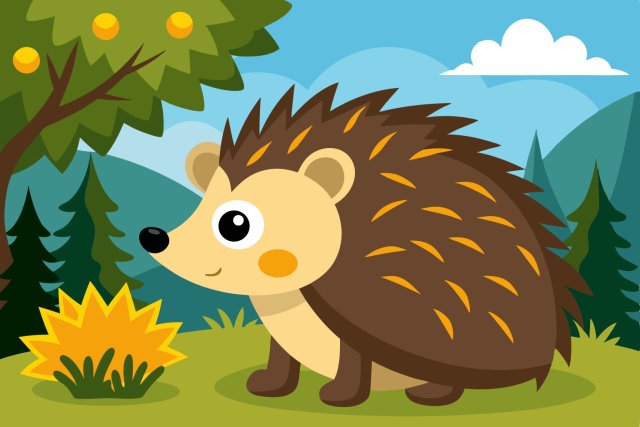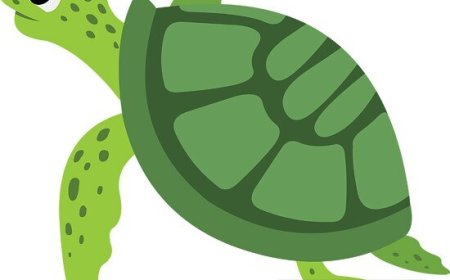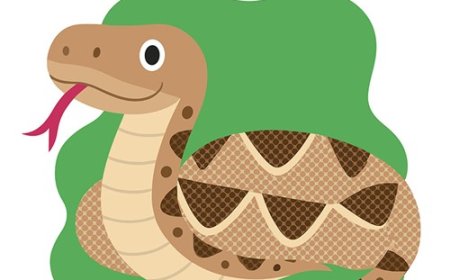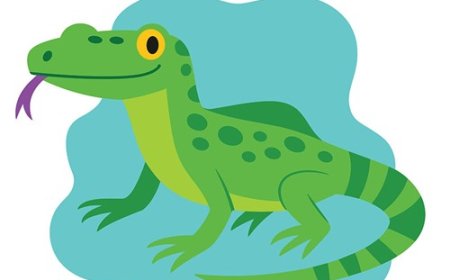Hedgehog

Hedgehog (Family: Erinaceidae)
Introduction
Hedgehogs are small, spiny mammals belonging to the family Erinaceidae. These fascinating creatures are easily recognized by their sharp, protective spines, which cover their backs and sides. Hedgehogs have been around for millions of years and are native to Europe, Asia, and Africa. Though not native to the Americas or Australia, hedgehogs have gained popularity as exotic pets around the world.
The most common species include the European hedgehog (Erinaceus europaeus) and the African pygmy hedgehog (Atelerix albiventris), which is the variety often kept as a pet. Hedgehogs are nocturnal insectivores with a unique defense mechanism—they curl into a tight, spiky ball to protect themselves from predators.
Physical Description
Hedgehogs are small mammals, typically ranging from 13 to 30 centimeters (5 to 12 inches) in length. Their weight varies by species and time of year, with some individuals weighing up to 900 grams (about 2 pounds). They have short legs, small black eyes, and a pointed snout ideal for sniffing out food.
Their most distinctive feature is their coat of spines, also called quills. These are modified hairs made of keratin—the same substance found in human nails. Each hedgehog has approximately 5,000 to 7,000 quills. Unlike porcupines, hedgehogs cannot shoot their spines, but they can raise and stiffen them to form a prickly barrier against predators. Their undersides are soft and furry.
Hedgehogs have poor eyesight but excellent hearing and smell. They rely on their noses and ears to detect predators and prey during their nighttime activities.
Habitat and Distribution
Hedgehogs live in a variety of habitats, including forests, meadows, deserts, and suburban gardens. The European hedgehog prefers woodlands, grasslands, and even city parks. African pygmy hedgehogs are adapted to dry, open environments such as savannas and deserts.
They are ground-dwelling animals and construct nests out of leaves, grass, and moss. In urban areas, they may shelter under decks, garden sheds, or compost heaps. Hedgehogs are adaptable and can thrive in both rural and urban settings, provided there is enough food and shelter.
Though native to Europe, Asia, and Africa, hedgehogs have also been introduced to places like New Zealand, where they have become invasive and harmful to local wildlife.
Diet and Hunting Behavior
Hedgehogs are primarily insectivores, meaning their diet consists mostly of insects and other invertebrates. Common prey items include beetles, caterpillars, earthworms, slugs, snails, and spiders. They are also known to eat small vertebrates like baby rodents, amphibians, and bird eggs.
They use their keen sense of smell to locate food in the soil or leaf litter. Hedgehogs are foragers and spend several hours each night hunting and exploring. Their long, sticky tongues help them capture small prey.
Hedgehogs have a curious behavior known as "self-anointing." When they encounter a strong or unusual smell, they lick the source, create foamy saliva, and spread it on their quills. The reason for this behavior is still debated, but it may serve as camouflage or a chemical defense.
Reproduction and Lifecycle
Hedgehogs typically breed once or twice a year, depending on climate and food availability. Mating usually occurs in the spring or early summer. Males perform a circling courtship ritual around females, accompanied by snuffling and grunting.
The gestation period lasts between 30 and 40 days. Females, called sows, give birth to litters of 2 to 7 hoglets. The young are born blind, deaf, and without visible spines. However, within hours, soft white quills begin to emerge.
At about two weeks, their eyes open, and by four to six weeks they are weaned. In the wild, the mother may move the young if the nest is disturbed. In captivity, stress may cause a mother to abandon or harm her litter, so minimal interference is important.
Hedgehogs become sexually mature around six months of age. Their average lifespan is 3 to 7 years in the wild and up to 10 years in captivity, depending on species and care.
Behavior and Social Structure
Hedgehogs are solitary creatures and usually only interact during mating season. They are most active at night, during which they travel large distances—sometimes over 2 kilometers—in search of food. During the day, they sleep in nests built in hidden or sheltered areas.
They are not territorial but tend to avoid one another. Hedgehogs communicate through grunts, snorts, and hissing sounds. Their primary defense is to curl into a ball, with spines facing outward. This behavior protects their vulnerable belly from predators.
In colder regions, such as northern Europe, hedgehogs hibernate during winter. They slow down their metabolism and enter a torpid state to conserve energy. In very hot or dry environments, they may aestivate—a similar dormant state to survive drought and heat.
Conservation Status
Conservation status varies by species. The European hedgehog is classified as "Vulnerable" in many parts of Europe. Major threats include habitat loss due to agriculture and urban development, pesticides that kill their insect prey, and road mortality.
Conservation efforts in the UK and elsewhere focus on creating "hedgehog highways" in garden fences, reducing pesticide use, and restoring wild habitats. Organizations like Hedgehog Street promote public awareness and citizen science programs to monitor hedgehog populations.
African pygmy hedgehogs are not considered endangered, though overbreeding in the pet trade can lead to genetic problems. Wild hedgehogs in Asia and Africa may be at risk due to hunting, traditional medicine use, and habitat destruction.
Cultural Significance
Hedgehogs have a rich place in European folklore. In many stories, they are portrayed as clever and humble animals. In ancient Rome, people believed hedgehogs carried apples on their spines—a myth still depicted in illustrations today.
In modern culture, hedgehogs have become popular through books, television, and video games. Beatrix Potter’s “Mrs. Tiggy-Winkle” is a friendly hedgehog laundress. The video game character Sonic the Hedgehog is a speedy blue version of the real animal.
In some regions, hedgehogs have been used in traditional medicine or eaten as food, although these practices are now rare and often discouraged due to conservation concerns.
Interesting Facts
- Hedgehogs have around 36 sharp teeth, suited for crunching insects and small animals.
- Their heart rate can drop from 190 to 20 beats per minute during hibernation.
- They are immune to some types of venom, including that of adders (European vipers).
- Each hedgehog has 5,000–7,000 quills that are replaced as they grow, especially during a stage called "quilling."
- They are excellent swimmers and climbers despite their stubby appearance.
- Hedgehogs use a “self-anointing” ritual to cover their spines in frothy saliva with strong smells.






















































